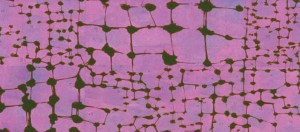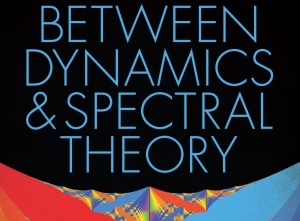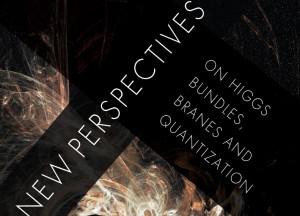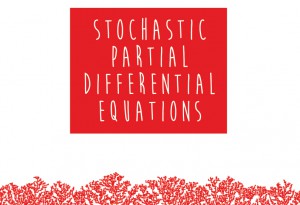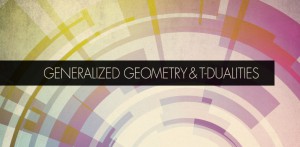Simons Collaboration on Special Holonomy in Geometry, Analysis, and Physics: September 6-15, 2016
Inaugural Conference: Special Holonomy in Geometry, Analysis, and Physics, September 6-9, 2016. School: Physics Background for Applications of Special Holonomy, September 12-15, 2016. Organized by: Bobby Acharya, Robert Bryant, Simon Donaldson, Mark Haskins and Dave Morrison This event is organized by the Simons Collaboration on Special Holonomy and Geometry. For more information please visit there website … Read more


